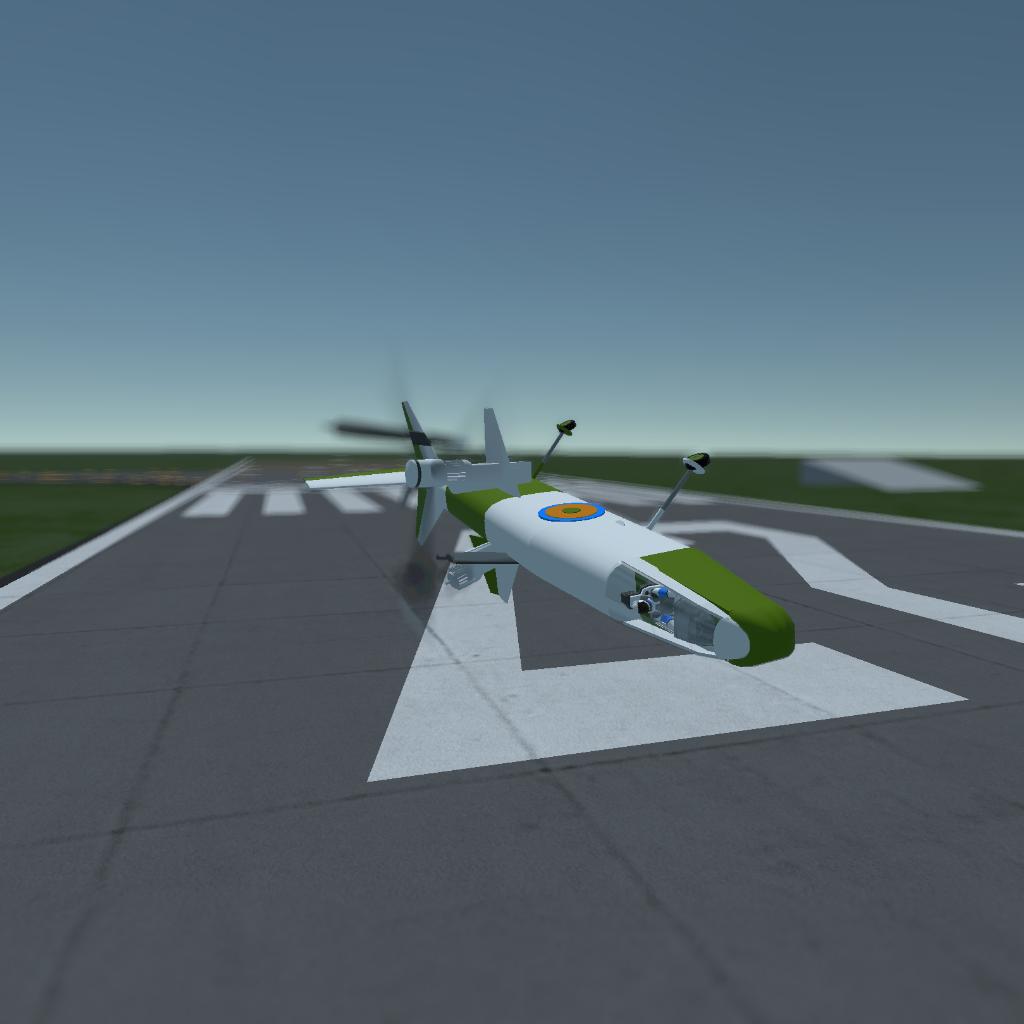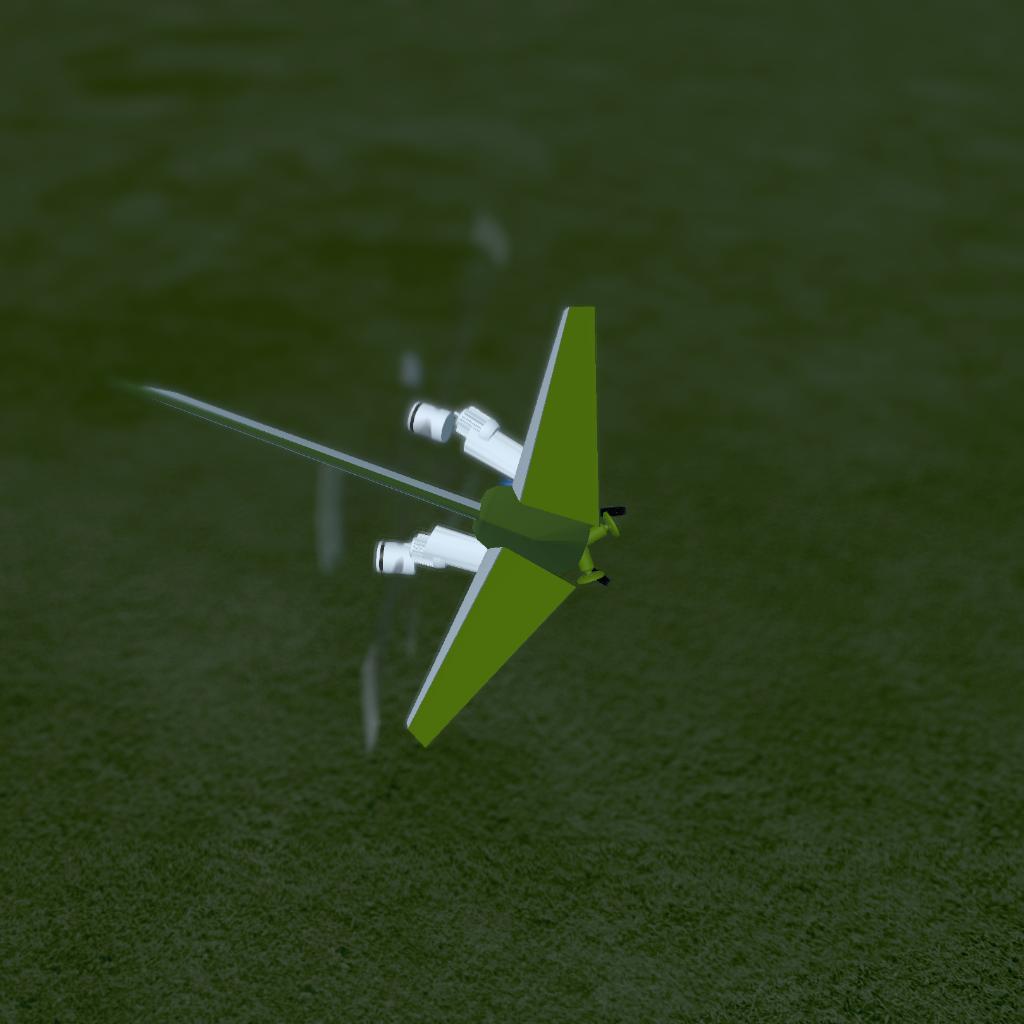Origins of the XAH-174 Experimental Helicopter
The XAH-174 was an ambitious project designed to push the boundaries of helicopter technology with its unique inter-meshing rotor system. Developed in the late 1960s, this experimental aircraft aimed to increase lift efficiency and maneuverability compared to conventional helicopters.
Design and Development
The XAH-174 was conceived during a period of rapid advancements in aerospace technology. Engineers were exploring various rotor configurations to improve performance. The inter-meshing rotor system, also known as a synchropter, was chosen for its potential to provide increased lift without the need for a tail rotor, which traditionally counteracts the torque effect of single-rotor helicopters.
The aircraft featured two rotors mounted on separate masts that tilted towards each other, allowing their blades to intermesh without colliding. This design promised several theoretical advantages:
- Enhanced Lift: The inter-meshing rotors could generate more lift than a single rotor of equivalent size.
- Compact Design: Eliminating the need for a tail rotor allowed for a more compact fuselage.
- Increased Stability: The opposing rotors were intended to cancel out each other's torque, theoretically providing greater stability.
Stability Issues and Failure
Despite the innovative design, the XAH-174 faced significant stability challenges. During test flights, it became apparent that the aircraft was prone to severe instability, which even the advanced gyroscopic stabilization systems of the time couldn't fully mitigate. The issues included:
- Complex Aerodynamics: The inter-meshing rotors created unpredictable aerodynamic interactions, making the helicopter difficult to control.
- Vibration Problems: The design led to excessive vibrations, which compromised both the structural integrity and the control systems.
- Gyroscope Limitations: The gyroscope intended to enhance stability was insufficient to counteract the inherent instability of the rotor system. The technology of the era could not adequately address the dynamic complexities involved.
Conclusion
The instability and control issues ultimately led to the cancellation of the XAH-174 program. While the concept of inter-meshing rotors showed promise on paper, the practical challenges proved insurmountable with the technology available at the time. The lessons learned from the XAH-174 contributed to future research in rotorcraft design, highlighting the need for advanced computational tools and control systems to manage the complex aerodynamics of unconventional rotor configurations.
Though the XAH-174 did not achieve operational success, it remains a significant chapter in the history of aviation, exemplifying the innovative spirit and technical challenges of experimental aerospace projects.









